Blog
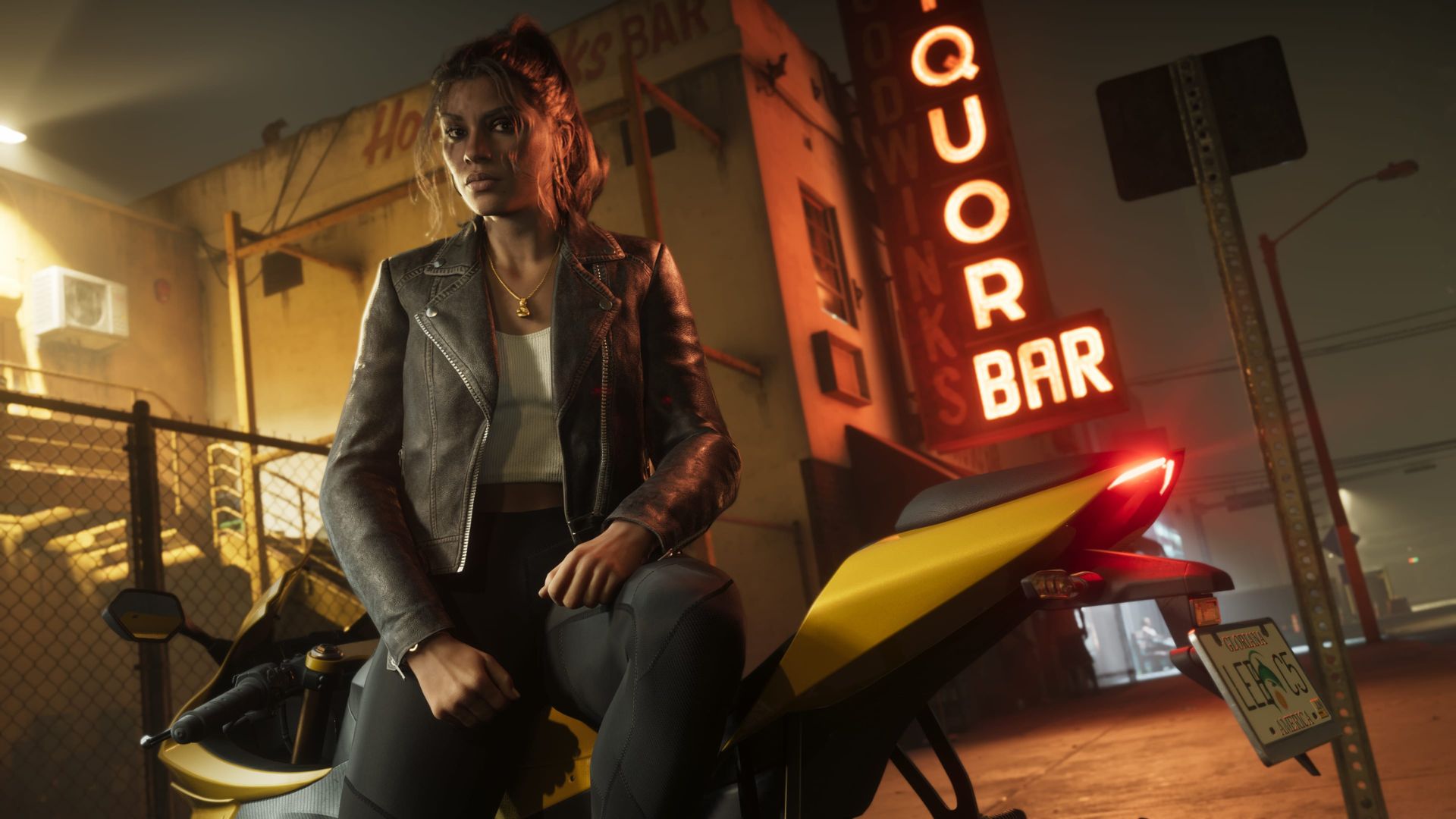
Meet Lucia: Breaking Down GTA 6’s First Female Protagonist
Kelly Lutta-Niid
May 23, 2025
Let’s be real, when Rockstar drops anything, the gaming world listens. But GTA 6? That’s not just a drop, it’s a cultural earthquake. And right at the center of it all is Lucia, the first female lead ...
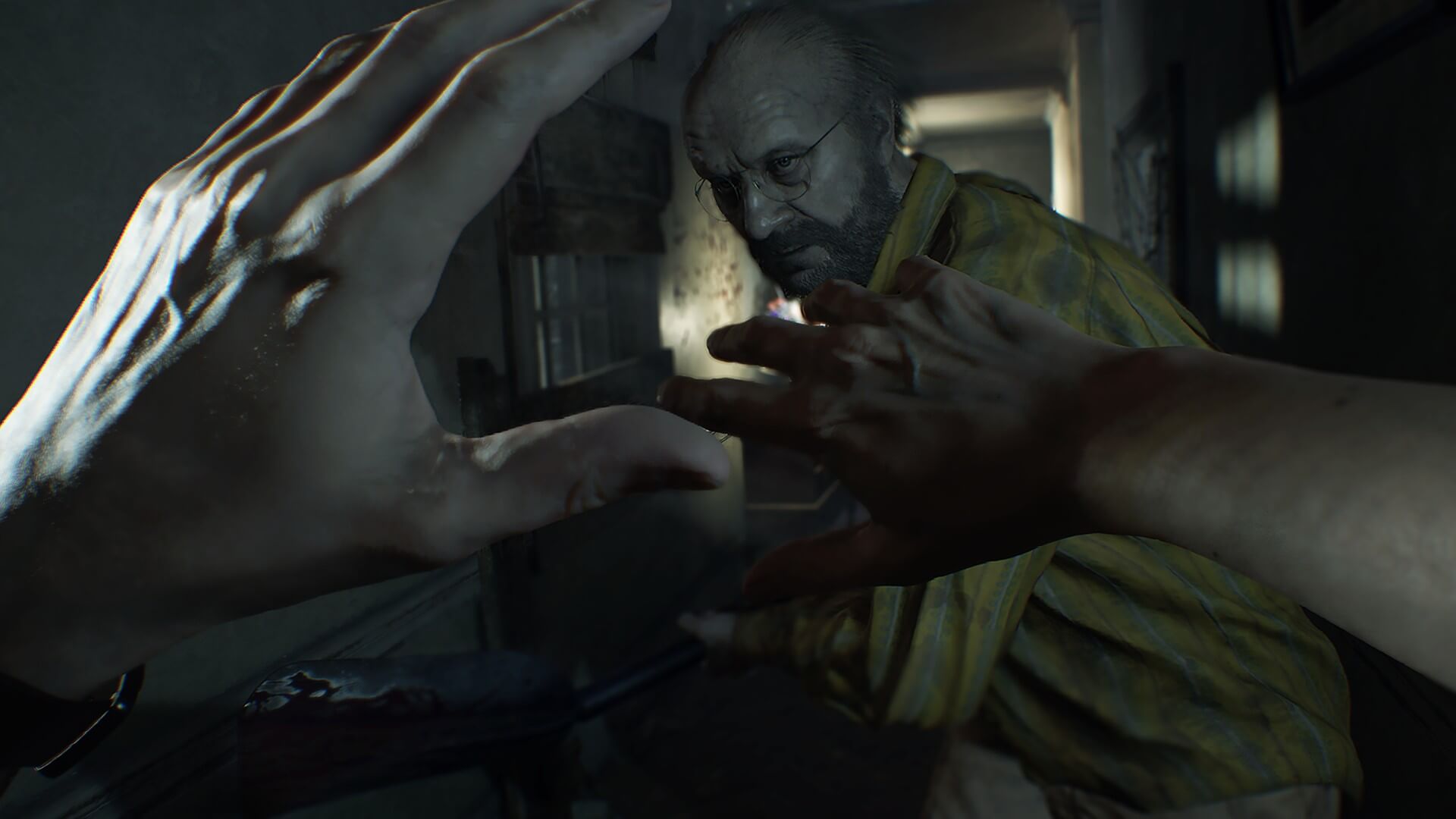
The Best PS4 Horror Games Ranked
Lisbeth
May 2, 2025
When it comes to survival horror, the PS4 is an absolute treasure trove. From atmospheric sci-fi nightmares to blood-soaked psychological trips, the platform has something for every kind of fear junki...
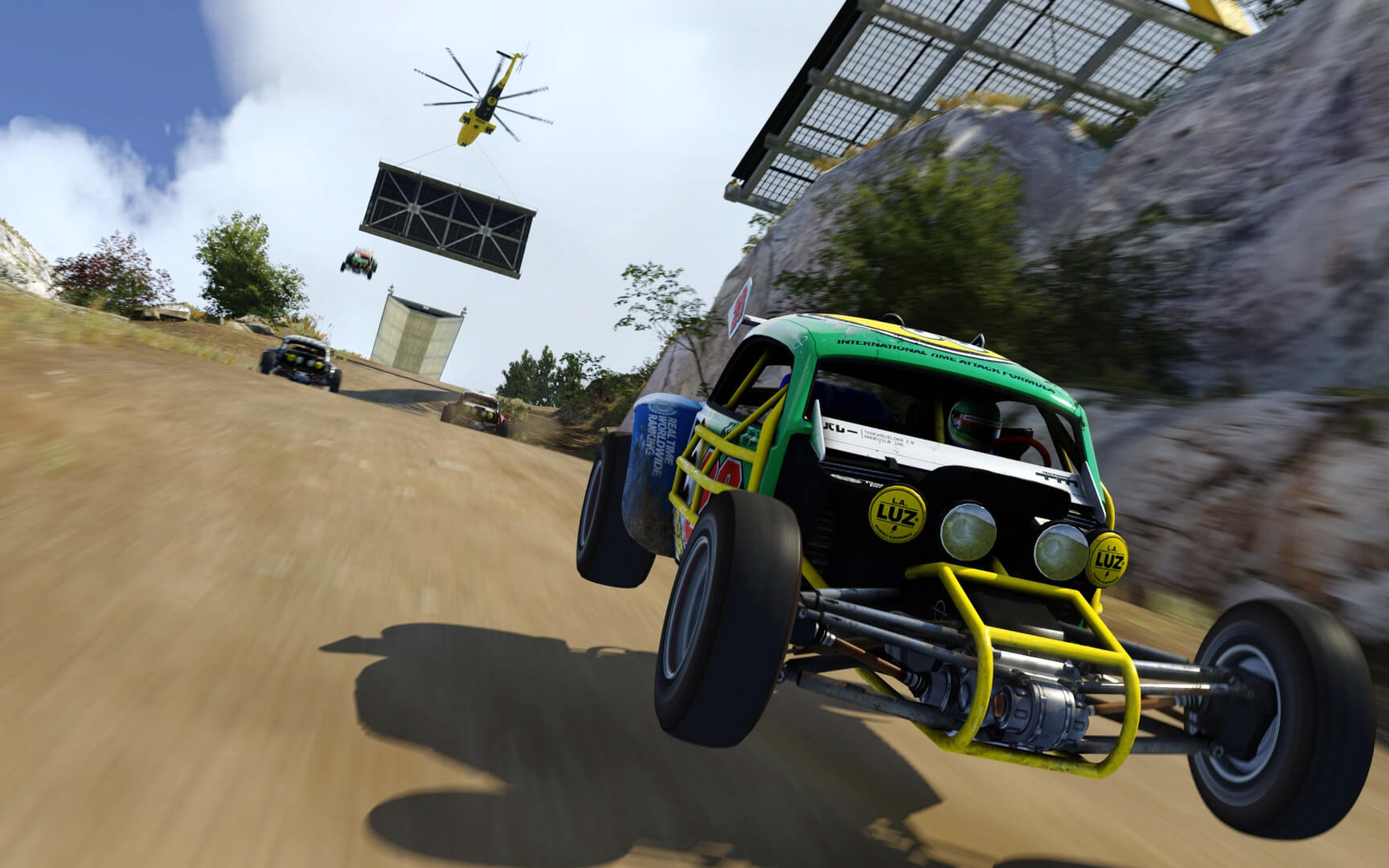
The Best PS4 Racing Games Ranked
Lisbeth
April 30, 2025
Whether you’re a gearhead looking for realism or just in it for the thrill of high-speed chaos, the PS4 has something for every racing fan. From arcade-style madness to hardcore simulation, this conso...

The Best PS4 Multiplayer Games
Lisbeth
April 28, 2025
The PlayStation 4 might not be the newest console on the block, but it still offers a stellar lineup of multiplayer games. Whether you’re after intense competition, hilarious couch co-op chaos, or lon...
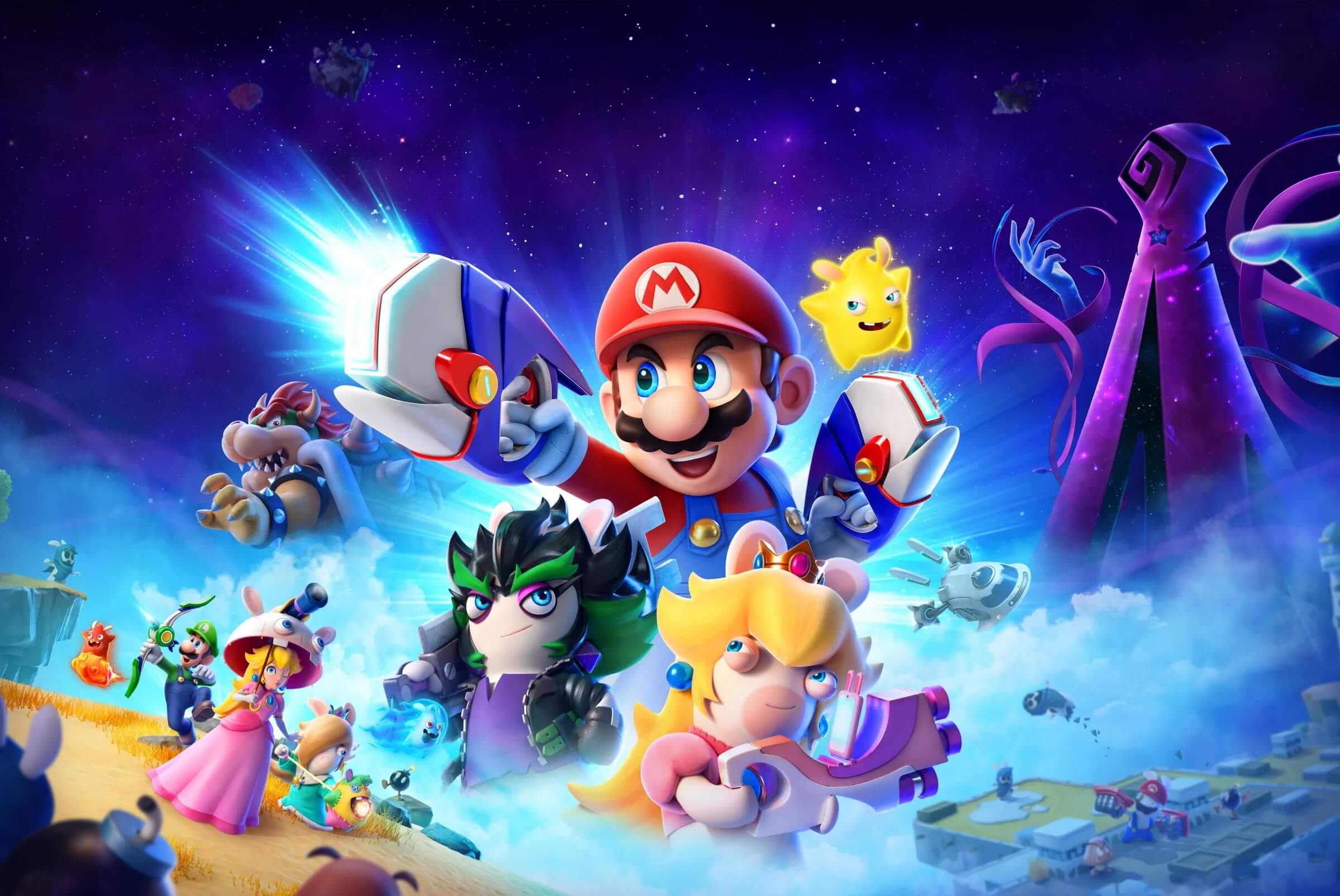
The Best Mario Games Of All Time
Lisbeth
April 26, 2025
There’s no denying it – Mario is the undisputed king of video games. For nearly four decades, he’s jumped, stomped, and powered-up his way into our hearts. But with so many incredible games across con...
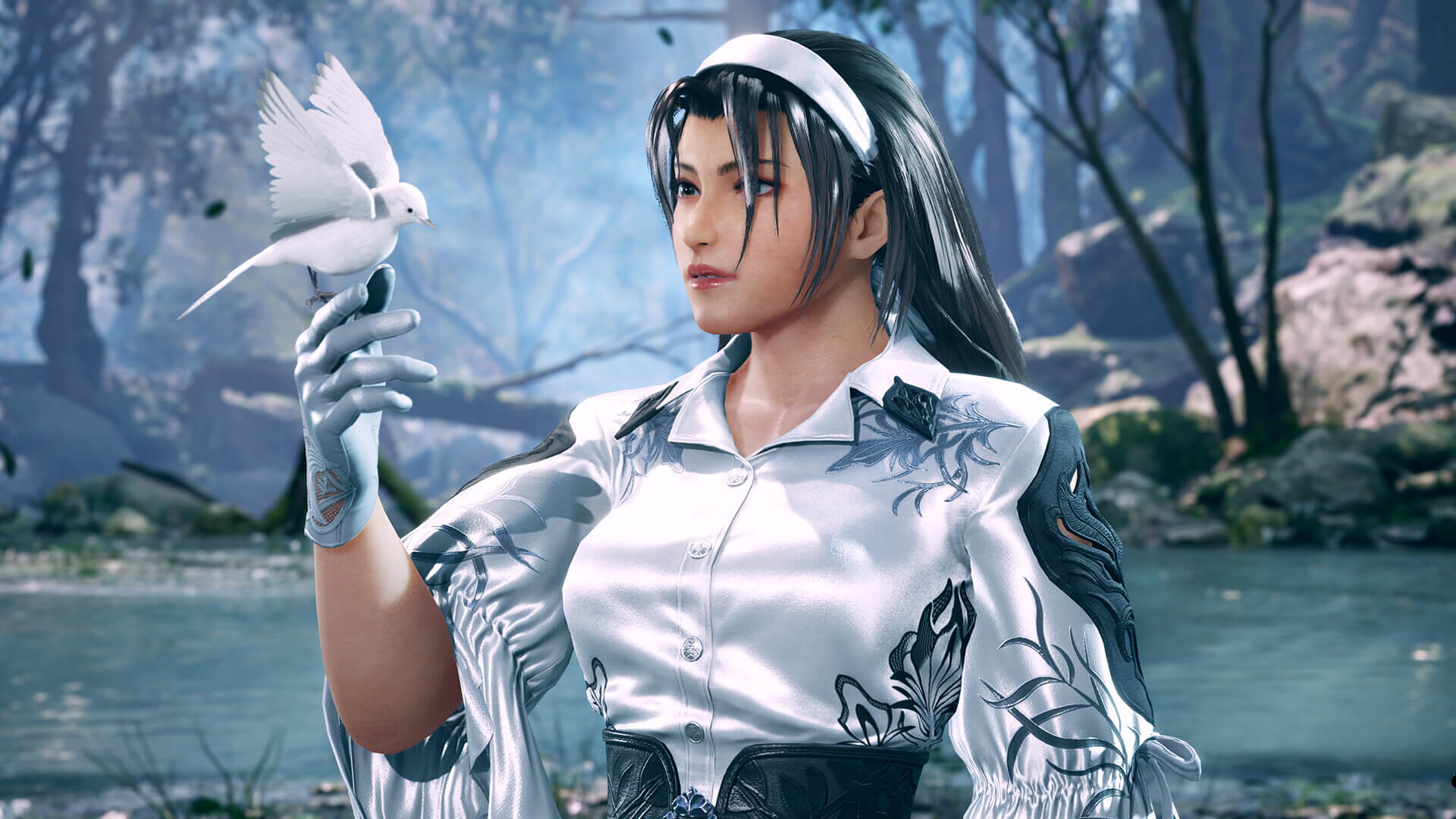
Best Fighting Games on PS5 Ranked
Lisbeth
April 24, 2025
Let’s be honest—there’s nothing quite like the thrill of a good fighting game. Whether you’re climbing online leaderboards or just mashing buttons with friends on the couch, the PlayStation 5 has deli...
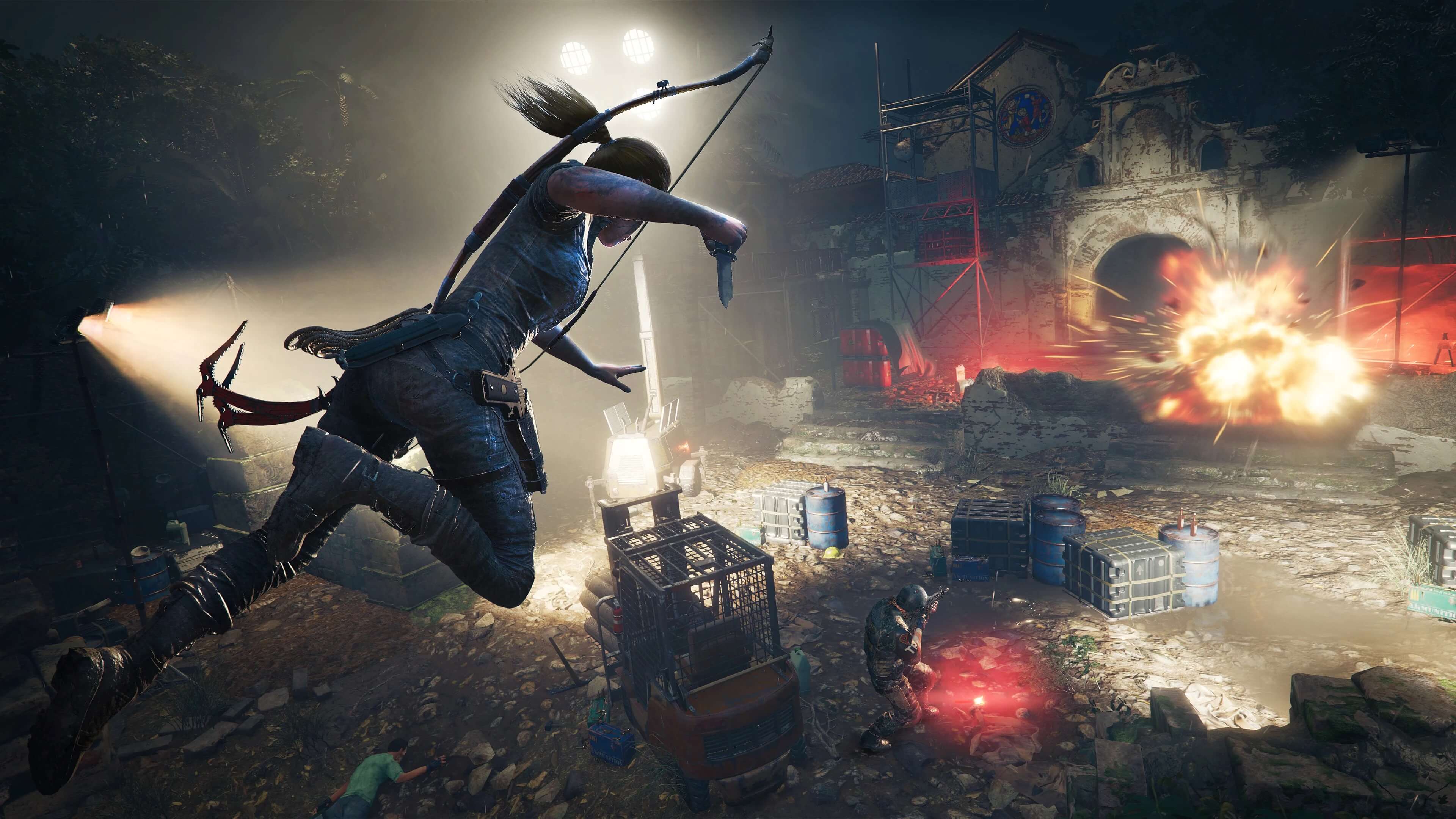
The Best PS5 Adventure Games Ranked
Lisbeth
April 22, 2025
The PlayStation 5 has become a haven for unforgettable adventure games. Whether you’re traversing mythological realms, surviving a post-apocalyptic world, or unraveling ancient mysteries, the PS5 deli...
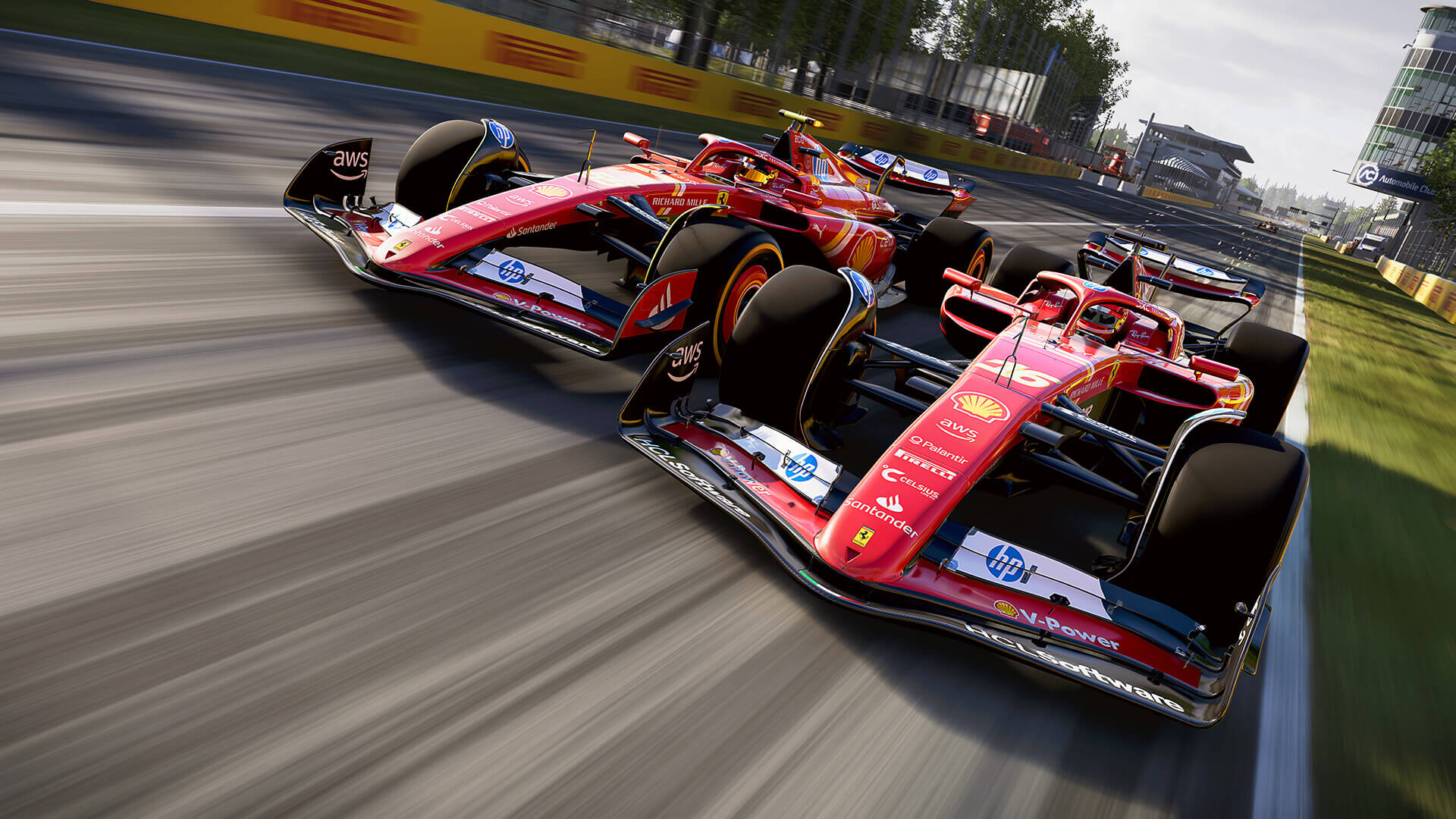
The Best PS5 Sports Games Ranked
Lisbeth
April 16, 2025
The PS5 has quickly become the go-to console for immersive, high-energy sports gaming. Whether you’re a die-hard football fanatic, a court-side junkie, or someone who just loves precision racing, the ...
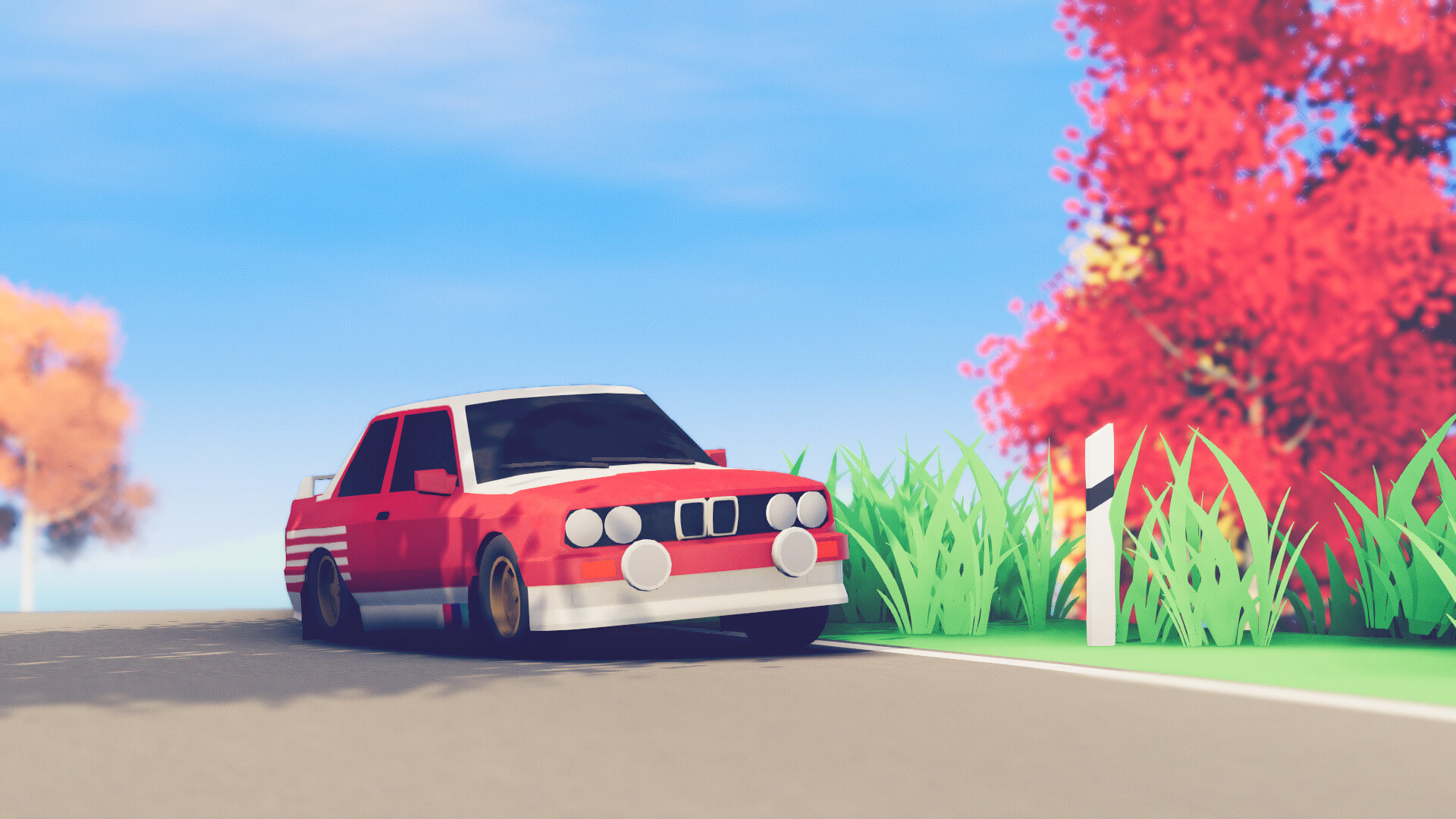
The Best PS5 Racing Games Ranked
Lisbeth
April 14, 2025
Looking for the best PS5 racing games to feed your need for speed? Whether you’re into hyper-realistic sim racers or chaotic arcade mayhem, there’s something on this list for every kind of driver. Str...
Blog Post
The Best Mortal Kombat Games Ranked
Lisbeth
April 12, 2025
Mortal Kombat isn’t just a fighting game series – it’s a pop culture icon. Since the early ’90s, MK has shocked, thrilled, and entertained fans around the world with its over-the-top violence, iconic ...
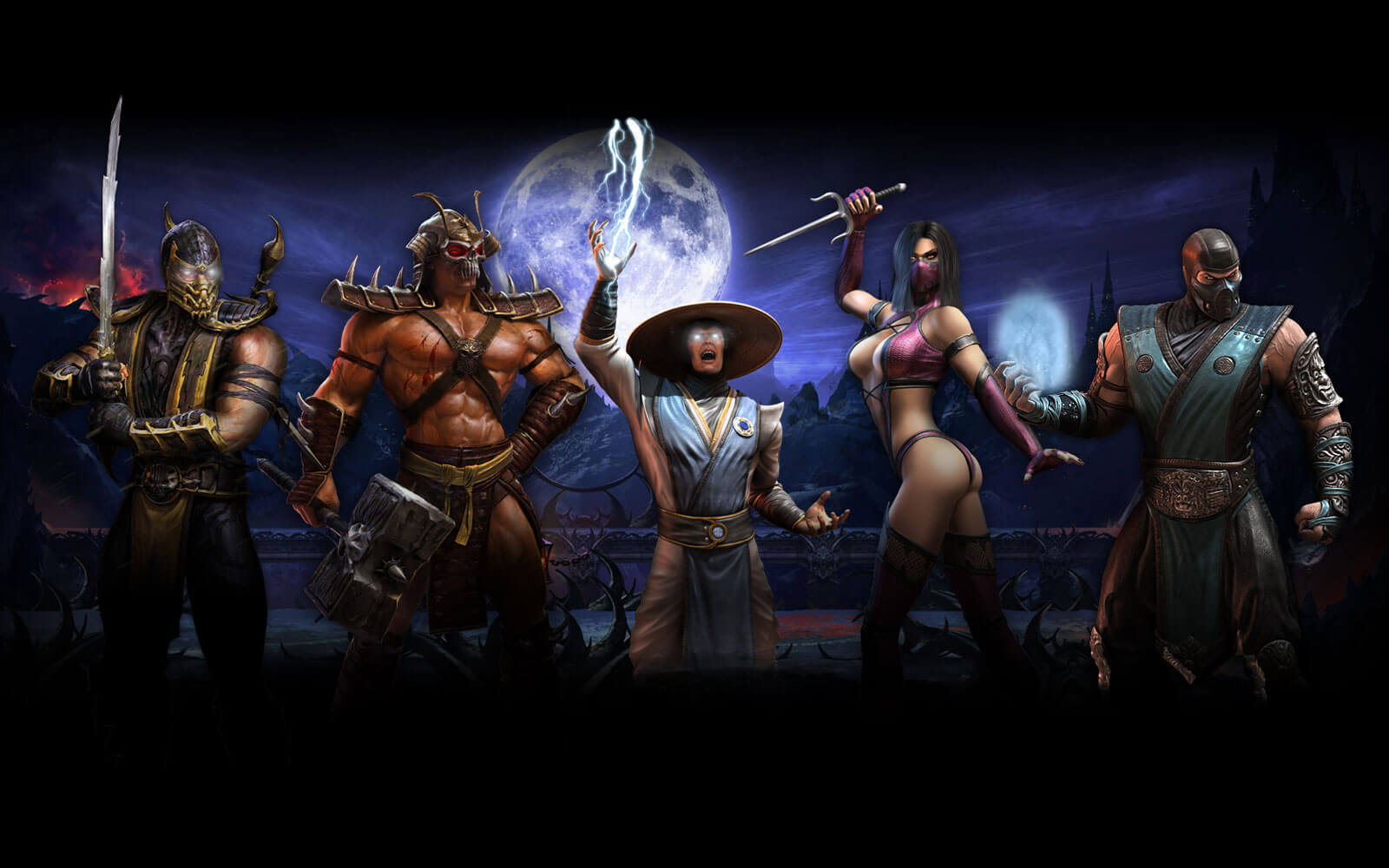
The 15 Best Fighting Games
Lisbeth
April 10, 2025
Fighting games have come a long way—from arcade cabinets and button-mashing glory days to high-level esports and competitive play with million-dollar prize pools. Whether you’re a casual couch brawler...
1
2
3
4
5